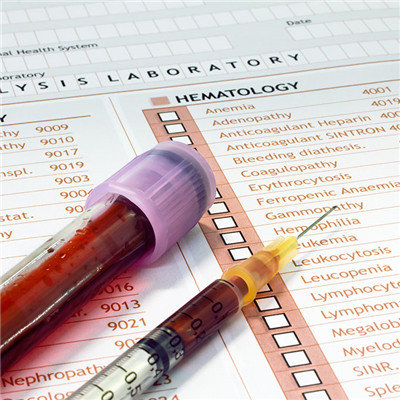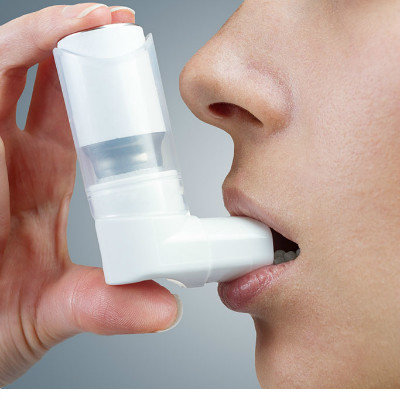What are the symptoms of Takayasu arteritis?
summary
Takayasu arteritis is a chronic nonspecific inflammatory disease of aorta, its main branches and pulmonary artery. Among them, brachiocephalic artery, renal artery, thoracoabdominal aorta and superior mesenteric artery are the most common sites. They are often multiple and have different clinical manifestations due to different lesion sites. It can cause artery stenosis and occlusion in different parts, and a few can cause aneurysm. The disease mostly occurs in young women. What are the symptoms of Takayasu arteritis? Let's talk about it
What are the symptoms of Takayasu arteritis?
Brachiocephalic artery type: carotid artery, subclavian artery, vertebral artery stenosis and occlusion. There may be different degrees of cerebral ischemia, dizziness, headache, memory loss, vision loss and other symptoms; Severe cerebral ischemia can have recurrent syncope, convulsion, aphasia, hemiplegia or coma. Upper limb ischemia can lead to unilateral or bilateral upper limb weakness, chills, soreness, numbness and even muscle atrophy. The pulsation of carotid artery, radial artery and brachial artery can be weakened or disappeared (without pulse sign). About half of the patients can hear the systolic murmur above grade 2 in the neck or upper clavicle.

Thoracic aorta, abdominal aorta type: inflammation involving the thoracic aorta, abdominal aorta and even the whole aorta. There were symptoms of hypertension in head, neck and upper limbs and insufficient blood supply in lower limbs. Such as headache, dizziness, palpitation, lower limb chills, intermittent claudication, etc. The skin temperature of lower limbs was low, and the pulse of distal end of obstruction was obviously weakened or disappeared. Systolic vascular murmur can be heard at the site of obstruction, and the blood pressure of upper limb often rises significantly.

Main renal artery type: inflammation mainly involved aorta and renal artery. Hypertension is an important clinical manifestation, especially the increase of diastolic blood pressure. The manifestations were dizziness, palpitation, limb weakness, chills and intermittent claudication due to lower limb ischemia. When the difference of blood pressure between upper and lower limbs was more than 20 mmHg, aortic stenosis was indicated. Most patients can hear high-profile systolic murmurs in the supraumbilical area.

matters needing attention
Adjust daily life and workload, regular activities and exercise, avoid fatigue. To prevent possible incentives, the room should not be too cold and humid, the temperature should be appropriate. Prevention of infection, strengthen physical exercise, enhance the physique, improve the immune function, the law of life. Strengthen nutrition, not greedy cold drinks and excessive fat sweet taste of the product, avoid spicy food and avoid alcohol and tobacco.

















